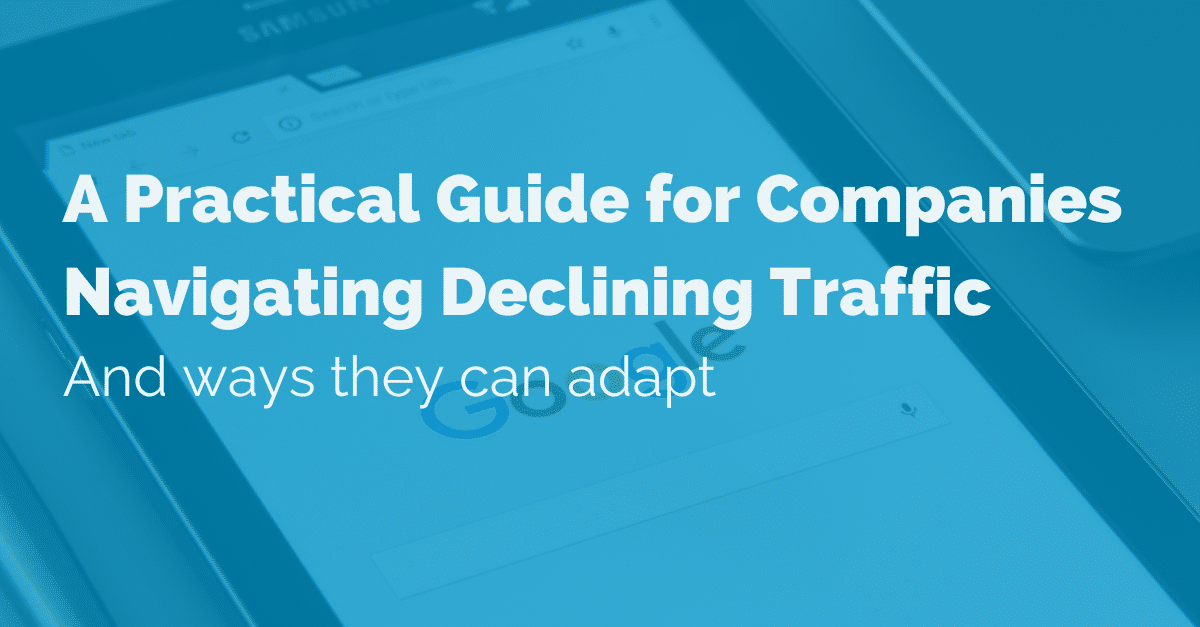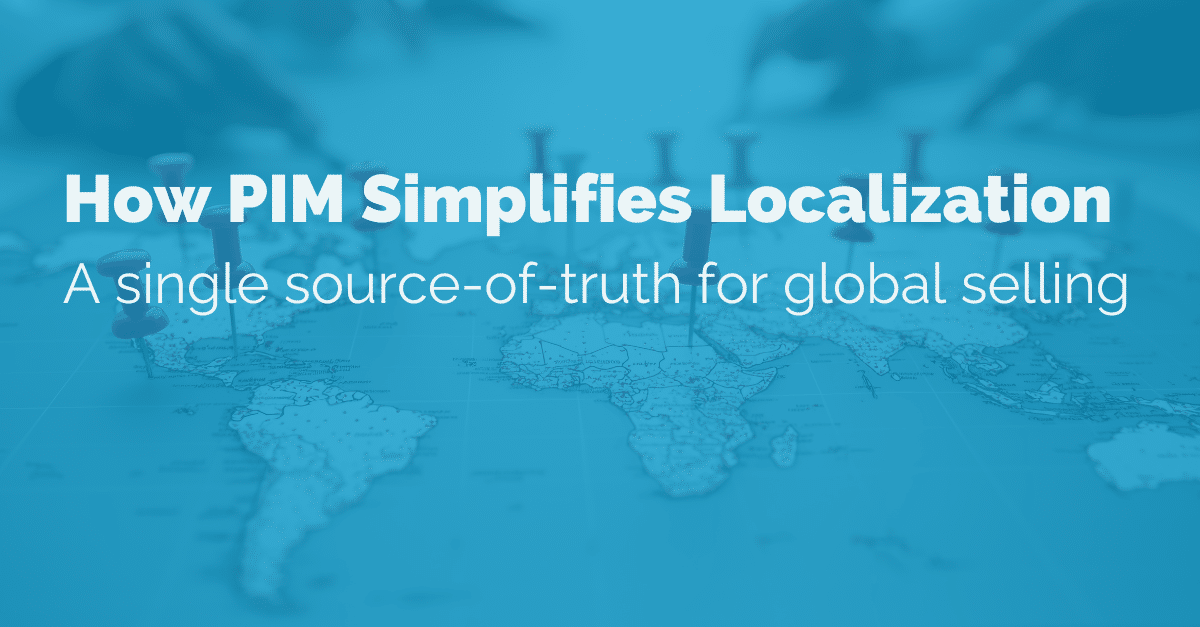1. Lack of flexibility
Many legacy PIMs have inflexible data models for housing product information. As a result, you may manually change these data models, which is a highly time-consuming process. Trying to adjust your PIM as your business grows and your needs evolve limits your ability to pivot to meet the needs of the industry.
For example, suppose you manage multiple worksheets with hundreds of columns of information or other formats like pivot tables or cross-scripting SQL. In that case, efficiently containing thousands of SKUs or complex product data becomes impossible. Your outdated process increases the risk of errors, and your data becomes compromised.
With PIM/DAM software, you have the features required to manage the complicated demands of today’s massive marketplaces, including:
- Automated product updates
- Automated collection of information from spec sheets and input into a templated sell sheet format
- Saving and sharing digital assets from the integrated DAM, including video and 3D
- Bulk uploading thousands of SKUs without the need for spreadsheets
- Marketplace-appropriate formats, including language and currency adjustments as well as advanced prefill capabilities for required content attributes
2. Limited collaboration
As your business grows, so too does your team. As a result, collaboration becomes an essential part of your data management. Unfortunately, older PIMs don’t facilitate sharing from person to person, department to department, manufacturer to wholesaler, or wholesaler to vendor.
A new PIM can seamlessly facilitate collaboration and eliminate manual endeavors. You no longer work in siloes and instead create product information collaboratively from a single source of truth. As a result, you avoid inconsistencies and ensure product information is reliable and up-to-date across the entire organization.
3. No code automations and workflows
A modern PIM pushes data in and pulls data out to and from multiple sources. As a result, you can safely control your data exchanges between your PIM and external systems. You also have customized integration options to improve your tech stack based on your needs when managing different types of data based on your industry.
Workflows are enhanced through automation that helps streamline processes, including triggering error messages when steps are missed throughout the product’s lifecycle.
AI-based validation ensures you maintain high standards in product information creation. Automatic prefill of your spec and sell sheets and recognition of essential attributes make it easier to create high-quality product data that is approved and ready for use across all your marketing and sales channels.
4. Combined PIM/DAM
Modern PIMs are a PIM/DAM hybrid, using the shortcomings of PIM legacy software to improve functionality. Because legacy PIMs usually started with just product information management function and then tacked on digital asset management functionality, the modern PIM recognizes these limitations and has essentially become a PIM/DAM legacy system.
This next-generation system is a hybrid PIM/DAM that overcomes the lack of flexibility and limited collaboration of siloed data in separate PIM DAM technologies. As a result, your team becomes better at avoiding inconsistencies through the modern hybrid PIM.
5. Questionable data accuracy
Without AI-based validation capabilities, your team is flying blind, which can result in incomplete or inaccurate product information. You can also see inconsistencies that can negatively impact your brand. This is because questionable accuracy and inconsistency create a less-than-satisfactory customer experience.
Your inaccurate info leads to customer dissatisfaction and a distrust of your brand. For example, Pimberly’s advanced PIM/DAM uses AI image recognition to identify relevant product attributes and can extract the appropriate features from color and size to shape and function.
This improves data accuracy while maintaining consistency across product descriptions. Pimberly also uses AI to enforce rules and constraints on product data input, validate product data, and ensure it is error-free and consistent. As a result, poor quality and misleading data never reach customer-facing channels.
Better yet, AI perpetually self-trains using machine learning to improve data accuracy and quality, optimizing AI accuracy, and reducing workload during your data validation process.
The shortfalls of legacy PIMs lead to shortfalls in your productivity, efficiency, and quality of product data.
Pimberly’s modern PIM/DAM hybrid overcomes these shortfalls creating higher quality, consistent product descriptions to improve customer experience and help increase conversions. Schedule your demo today.
















